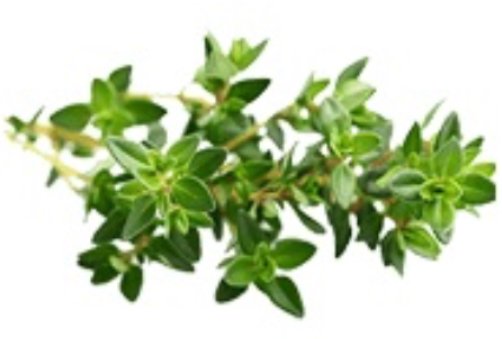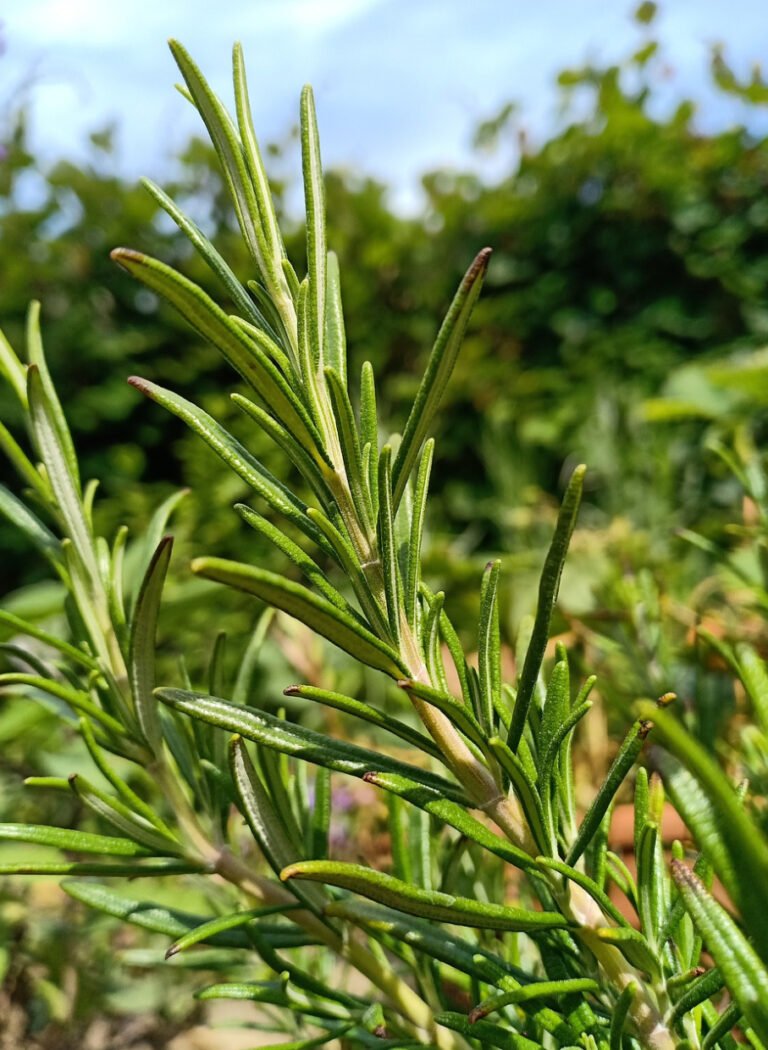When and how to plant and care for thyme?


Growing Thyme: A Complete Guide
Introduction
Thyme is a hardy, drought-tolerant herb that thrives in a variety of conditions. With its aromatic leaves and versatility in cooking, it’s a must-have in any herb garden. Here’s how to successfully grow thyme.

When to Grow Thyme
- Best Time: Thyme is a warm-season herb, best planted from spring to early summer. Start seeds indoors 6-8 weeks before the last frost or sow them outdoors after the frost has passed.
- Ideal Temperature: Thyme prefers temperatures between 60-70°F (15-21°C) but can tolerate higher temperatures if planted in well-drained soil.
Growing Conditions
- Sunlight: Thyme requires full sun, ideally at least 6 hours of direct sunlight daily. More sunlight means more flavorful leaves.
- Soil: This herb thrives in a well-drained, sandy, or loamy soil. Thyme can tolerate poorer soils and prefers a pH between 6.0-and 8.0 (slightly acidic to neutral).
How to Grow Thyme
- From Seeds:
- Sprinkle seeds on the soil surface and gently press them in, as they need light to germinate.
- Keep the soil lightly moist; germination takes 1-2 weeks. Once seedlings have several sets of leaves, transplant them outside.
- From Cuttings:
- Take a 4-6 inch cutting from an existing plant, strip the lower leaves, and place the cutting in water or soil. Keep in indirect sunlight until roots form, then transplant.
- Planting Outdoors:
- Space plants are about 12 inches (30 cm) apart. Water lightly; thyme prefers drier conditions once established.
Harvesting Thyme
Snip off sprigs as needed. For the best flavor, harvest thyme just before it flowers.
Ongoing Care
- Watering: Once established, thyme needs little water. Ensure the soil dries out between waterings to prevent root rot.
- Pruning: Regularly prune to encourage bushier growth and prevent legginess. Pinch off flower buds to prolong leaf production.
- Winter Care: Thyme is a perennial that can survive winter. In colder climates, mulch around the base to protect it from freezing temperatures.
With proper care, thyme will flourish and provide fresh flavor for your culinary creations!





